I hear you! I'm also stepping into modular because:
-- my VSTs sound great, but it is hard (or at least not very fun) to try to get really dynamic and evolving sounds out of them
-- I do want to do stuff with my hands, not always a mouse
-- the modular VSTs are a crazy pain in the a$$ to work with IMO. Yes their powerful and sound good, but the combination of needing to mouse everything, the latency / lag, being only able to touch one control at a time, etc. etc. etc. Some time cursing at my "preferred" VST modular is what convinced me to get into analog modular! Maybe I'm just not patient enough with these.
-- I do think analog modular can do some compelling things VSTs and non-modular hardware can't
As such, I'm trying to focus my modular builds / experience on what can't be achieved well in other formats, or isn't fun in other formats. IMO that includes:
-- complex oscillators esp. those with audio rate modulation. Instruo Cs-L, Make Noise DPO, Steady State Fate ZPO, Rossum Trident, Future Sound Systems OSC2... those and a few others I think are super interesting, and to my knowledge, have no great VST alternative.
-- complex filters and waveshapers: Make Noiose QPAS, SSF Stereo Dipole, Rossum Linnaus, Intellijel Bifold, etc. IMO unique analog filters and waveshapers, that can be modulated deeply (and/or at audio rate), this is super interesting and another domain of sound design not well handled in formats outside of analog modular
-- complex control signals and "generative" audio. A search for "generative" on this forum yields a lot of interesting posts. To my knowledge, the generative work you can do in analog modular is beyond what's presently possible (or easy / fun) to do in other formats.
-- experimentation: I got a super disgusting (great) sound out of a resonant filter driven to distortion "struck" by a short envelope. Sonic and technical experimentation, I really dig, and modular is a great playground to do that
-- happy accidents: a modular system has all kinds of surprises and non-linearities in it. My Sylenth1 (which I love) will always sound the same with the same patch; my modular system, I could hardly get to sound exactly the same twice to save my life.
My basic idea is to try to build a rack that fits my tastes and excels at what modular is good at (hopefully avoiding creating an expensive and cumbersome unit that can be outperformed by general VSTs)
So that's a little of what brings me to modular, and a few (module) ideas that may be interesting to you. Relatedly, I can suggest you check out this thread by Farkas: https://www.modulargrid.net/e/forum/posts/index/9756
Last, I should point you to VCVrack; if you don't already know it, this is the "Eurorack simulator" software, which carries emulations of most modules. It looks like they will have a VST version coming out, but presently it is a standalone. My understanding is this is widely used to trial modules, rigs, and patches.
Good luck!


